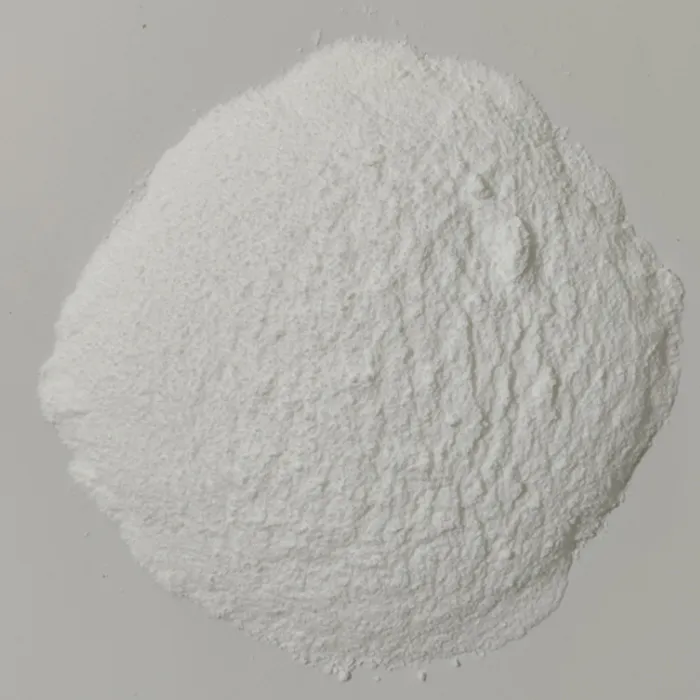Chemicals Used in STP Plants An Overview
Sewage treatment plants (STP) play a vital role in managing wastewater and maintaining public health and environmental standards. The processes involved in treating sewage often require the use of various chemicals that aid in the removal of contaminants, ensuring that the treated water is safe for discharge or reuse. This article explores the key chemicals used in STP plants and their functions.
Coagulants and Flocculants
One of the primary stages in sewage treatment involves solid-liquid separation, during which coagulants and flocculants are commonly employed. Coagulants, such as aluminum sulfate (alum) and iron-based compounds like ferric chloride, are added to wastewater to destabilize suspended particles. This destabilization allows the particles to agglomerate, or “coagulate,” into larger clumps known as flocs. Following this, flocculants, such as polyacrylamide, further assist in binding these flocs together, making them larger and heavier, thereby facilitating their removal during subsequent sedimentation processes.
pH Adjusters
Maintaining an optimal pH level is crucial in wastewater treatment as it affects the solubility and reactivity of various contaminants. Chemicals such as sulfuric acid or sodium hydroxide are utilized to adjust the pH of wastewater. Acidic or alkaline conditions can significantly influence the effectiveness of coagulants and the overall treatment process, making pH adjustment an essential step in many STPs.
Disinfectants
what are the chemicals used in stp plant

Disinfection is a critical final step in the sewage treatment process, aimed at eliminating pathogens before the treated water is released back into the environment or reused. Common disinfectants include chlorine, chlorine dioxide, and ozone. Chlorination is a widely adopted method but must be carefully controlled to minimize the formation of harmful by-products. Alternative disinfection methods, such as UV radiation, are also gaining traction due to their effectiveness and lower environmental impact.
Nutrient Removal Chemicals
In order to mitigate the impact of nutrient pollution, particularly nitrogen and phosphorus, many STPs incorporate processes for nutrient removal. Chemicals such as aluminum sulfate can be used to precipitate phosphorus, while advanced treatment systems may utilize biological processes enhanced by additives like methanol or acetate, which serve as carbon sources for denitrifying bacteria to effectively remove nitrogen through biological denitrification.
Odor Control Agents
Odor management is another significant concern in STP operations, as the decomposition of organic material often leads to the production of malodorous compounds. To combat this, STPs may employ odor control agents such as activated carbon, biofilters, or chemical scrubbers that utilize sodium hypochlorite or hydrogen peroxide to neutralize odorous compounds effectively.
Conclusion
The chemicals utilized in sewage treatment plants are essential for achieving effective wastewater management. From coagulants and disinfectants to odor control agents, each chemical plays a pivotal role in ensuring that the sewage treatment process works efficiently while protecting public health and the environment. With ongoing advancements in technology and increasing environmental awareness, the use of chemicals in STP plants is continually evolving, fostering improvements in treatment efficacy and sustainability. As regulations become stricter and the demand for clean water rises, understanding these chemicals and their applications will be more important than ever.

